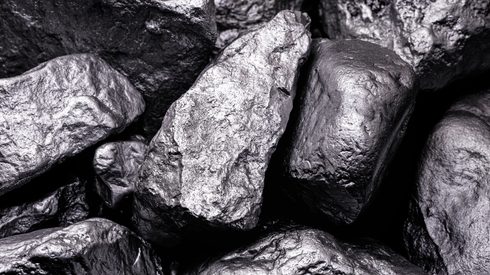“As the world grapples with deeper decarbonization… I think there’s an opportunity for US steelmakers to position themselves for a premium product that can make its way into places like Europe that might be ready to pay a premium for a lower-embodied material such as decarbonized steel,” Brian Anderson, lab director at the NETL, told Fastmarkets.
Embodied carbon refers to all the CO2 emitted in producing materials.
US producers should benefit from the wide adoption of electric-arc furnace (EAF) steelmaking, which emits much less CO2 than blast furnaces, according to Anderson. EAFs are responsible for about 70% of US steel production, with the remainder coming from blast furnaces, while the reverse is the case with the global industry.
And US steel mills are on pace to add more than 13.5 million tons of EAF flat-rolled steelmaking capacity over the next few years. Market participants had speculated that the new steelmaking capacity in North America would reverse the record-high price spike this year, but have since indicated that the additional production will not have much impact until deep in to 2022.
Fastmarkets’ daily steel hot-rolled coil index, fob mill US was calculated at $94.06 per hundredweight ($1,881.20 per short ton) on Monday August 9, up by 0.64% from $93.46 per cwt on Friday August 6 and an all-time high.
“US steel producers already have a major advantage in CO2 footprint and clean steel, in some cases many times more efficient when it comes to carbon efficiency,” Anderson said. “But right now internationally there is no market driver in terms of clean credits, certifications for the embodied carbon material, steel, plastic, whatever the material we trade internationally.”
The European Commission has proposed a carbon border adjustment mechanism (CBAM) on some goods, including steel and aluminium. European steel association Eurofer also last month called for markets for green steel and affordable low-carbon energy, among other policy measures to support decarbonization.
And Democratic lawmakers in Congress likewise have proposed that the US implement its own carbon border tax.
“The global steelmaking market would need things like carbon fees or carbon border adjustments to provide the price incentive for the investments that would need to be made, capital investments to further decarbonize steel,” Anderson said.
Other market leaders also have argued that consumers have to accept a green premium in order for the steel sector to achieve net-zero emissions targets.
Room for growth
“There might be room for green American steel to grow in a global market,” Anderson said. “International climate policy could really help US manufacturing.”
According to some estimates, the introduction of carbon border taxes and other carbon-related fees could boost the US steel industry by 7-9%, Anderson said. These policies should aid US industries, which he said tend to be less carbon-intensive than many competitors.
“We do have fewer blast furnaces as a percentage of our steelmaking in the United States,” Anderson noted.
At the same time, while US steelmakers already emit less CO2 than their overseas counterparts, they are still responsible for a substantial share of the country’s CO2 emissions.
The nation’s remaining blast furnaces can be retrofitted to reduce greenhouse gas emissions, Anderson said, but there’s a limit to what can be accomplished while blast furnaces are still used.
Switching to cleaner power sources, particularly moving away from coal; the adoption of carbon-capture technology; and the use of direct-reduced iron can further reduce CO2 emissions, according to Anderson. And the development of cheap hydrogen power would make it possible to produce steel without emitting any CO2, he said.
“The combination of direct-reduced iron with an electric-arc furnace could completely decarbonize steelmaking if you are using hydrogen as a source,” Anderson concluded.
Decarbonization complicates an already complex marketplace. Our latest analysis, “The true price of green steel,” dives into the ripple effects that overhauling the markets will have on the steelmaking process and supply base.





